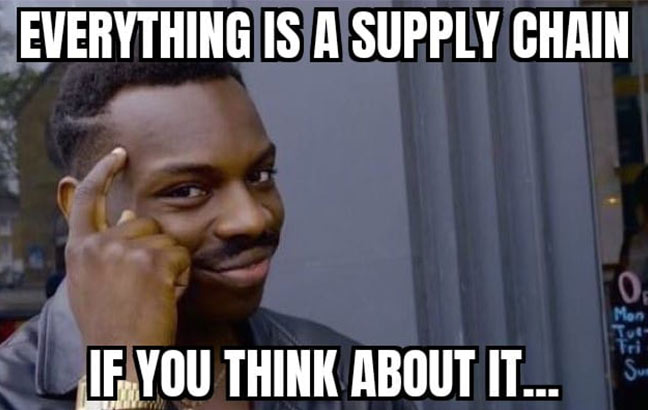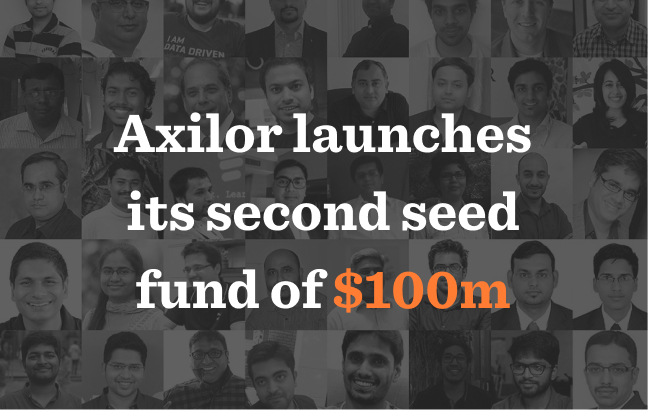Overview: GDP is critical, but so is getting to Net-zero
- Over the recent past, there has been ongoing banter about this being India’s decade and century. India is currently the fifth largest economy in the world and is touted to grow further over the coming years, aided by multiple tailwinds, both demographic and economic. Often mentioned factors prompting GDP acceleration are a growing population, increased discretionary spending/consumption, digitalization and economic reforms. The recent terms on the block that are now further aiding India’s growth story are decarbonization, energy transition and net-zero.
- India is expected to unlock massive scale in GDP over the coming years, with the manufacturing sector alone contributing to ~21% of the GDP by 2030. Economy growth and emissions today depict a strong positive correlation. It is imperative to take note of this given that uptick in manufacturing activity is likely to bear most impact on the net-zero parallel strategy that India is consciously driving.
- Per the newly approved net-zero targets, India now seeks to reduce emissions contributing to the economic growth by ~45% by the year 2030 (from 2005 levels). This essentially means that emission intensity and energy intensity needs to fall while still sustaining the GDP run.
- While on one hand India seeks to make headways in economic growth, on the other hand, the said growth is expected to be achieved while in compliance with its broader net-zero goals and targets. This implies that there is an urgent necessity for solutions that allow for India to leapfrog in the climate race; ensuring continued growth while plugging climate leakages in terms of losses as well as efficiency. Decarbonizing supply chains, while not easy, is an ideal place to start.
Climate tech starts where Supply chain-tech ends

The challenges embedded in decarbonizing supply chains are multi-fold, but the absolute unit of a problem lies in the exchange of data and its credibility thereof. The following are some of the concerns that enlarge this problem today;
- Exchange of data/transparency – there are limited avenues that facilitate easy exchange of reliable and accurate carbon data whilst protecting confidentiality. Additionally, increased barriers that limit transparency of upstream/downstream data imply higher costs of data exchange, noisy/unreliable data further across the value chain and incremental effort in sorting/sourcing otherwise available data. (Fortune 500 companies account for 27% of the global emissions; Only 23% of the entire Fortune 500 list in 2019 accounted for all 15 subcategories of their scope 3 emissions.)
- Gaps in accounting today – given the limited integrations, incompatibility of systems and lack of standardization in computation methodologies, there is low credibility for the carbon data that is disclosed. This, in turn, has limited use for the data unless the same is consistent and comparable. (In 2019, 142 of the companies on the Fortune 500 that self-reported their emission numbers also filed a report with CDP. In these instances, 59% of these companies reported larger emissions to CDP than what was reported to stakeholders.)
- The MSME problem – more than 80% of the supply chain is dominated by MSMEs today that are dispersed across different regions, belong to varying sectors and have limited resources to act on climate. They usually account for the Scope 1 or 3 emissions of other companies and are critical to the net-zero narrative of larger organizations; they however barely capture the needed data given concerns around – lack of finances, limited understanding of emissions and most importantly, least in the order of business priorities.
- Costs to be incurred towards “nice to have” solutions i.e. costs wrt decarbonization – Many companies believe that the incremental costs that would be incurred towards decarbonization would add unnecessary pressure on bottom line and potentially increase the burden on consumers.
Addressing these concerns is no easy task, but it’s not impossible either
- Supplier relationships are hence critical to decarbonizing supply chains given the need for co-operation, not only in terms of data sharing but also in the whole process of aligning with the net-zero/decarbonization goals of companies.
- Given the spurt in supply chain tech companies in India over the recent past, the existing stack of these companies can be expanded to enable larger players decarbonise their supply chains. Running supplier diligence and replicating CDP like questionnaires for suppliers (especially MSME players given how supply chain tech has allowed them the opportunity to tap into global opportunities via digitalisation) on the platform to complete would further accelerate data exchange and solve for the concerns around transparency. This could largely help address the complexity in reporting Scope 3 emissions today.
- Today, CDP’s supply chain program is one of the recommended pathways for companies to engage with suppliers on environmental management by making it easy on suppliers to disclose and allocate emissions to customers.
- IoT led innovations that allow for reliable estimation of carbon emissions and thus infuse transparency into supply chain carbon outputs are the need of the hour.
- Additionally, costs as a barrier is no longer a valid concern given that in most instances decarbonisation of the supply chain has proved beneficial for companies given that cost leakages from low energy efficiency, distributor engagement, lack of route optimisation/traceability across the supply chain, among others can be avoided. (end-to-end decarbonization would add as little as between 1-4% to end-consumer costs in the medium term. ~40% of all emissions could be eliminated with measures that yield savings, or come at abatement costs below $12.10 per metric ton of CO2)
Unlocking embedded benefits to influence/incentivize decarbonization
Sharp GDP expectations for India imply that there is an urgent need to rapidly reducing both energy intensity (energy consumed per unit of GDP) and emissions intensity (emissions per unit of primary energy), will push Indian companies to look for avenues that aid in reducing both their energy consumption as well as emissions while not compromising on business as usual – production, manufacturing, distribution or otherwise.

Given that supply chains represent a larger part of the emissions maps for most companies (typically upwards of 70%; > 11x times of the operational emissions), decarbonising supply chains allows companies to fast-track their way into reducing dependencies on already depleting energy resources and avoiding losses/reducing costs thereof.
Additionally, there is a growing pressure of regulations that are coming into the foray and are currently being regulated by SEBI and RBI at different levels. This is likely to translate into a more rigorous reporting ecosystem given net-zero commitments and rising cost of climate inaction for India.
Companies are increasingly growing aware of both the benefits of decarbonizing their supply chain and the repercussions for not doing so. That said, there are many factors today that hinder them from readily deploying solutions that can aid in this process.

Climate-tech is needed, but we can start by channeling existing solutions to think climate
While the market is nascent to some extent, you don’t need only purely climate focused companies to help with your decarbonisation journey today; the existing stack can help you take the 1st step in the right direction.
There is currently immense potential for non-climate focused companies to step-up and evolve over time to branch into climate/become enablers in your decarbonization journey; climate-first companies will continue to lead the way.
Decarbonization of supply chains – Tech Map

Glossary of terms:
- CBAM – Carbon Border Adjustment Mechanism
- CCUS – Carbon Capture and Utilization
- CDP – Carbon Disclosure Project
- MSME – Micro, Small & Medium Enterprises
- RBI – Reserve Bank of India
- SEBI – Securities and Exchange Board of India






